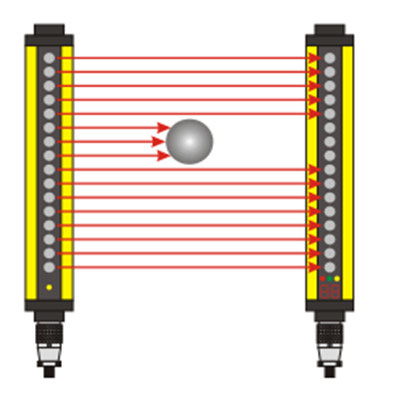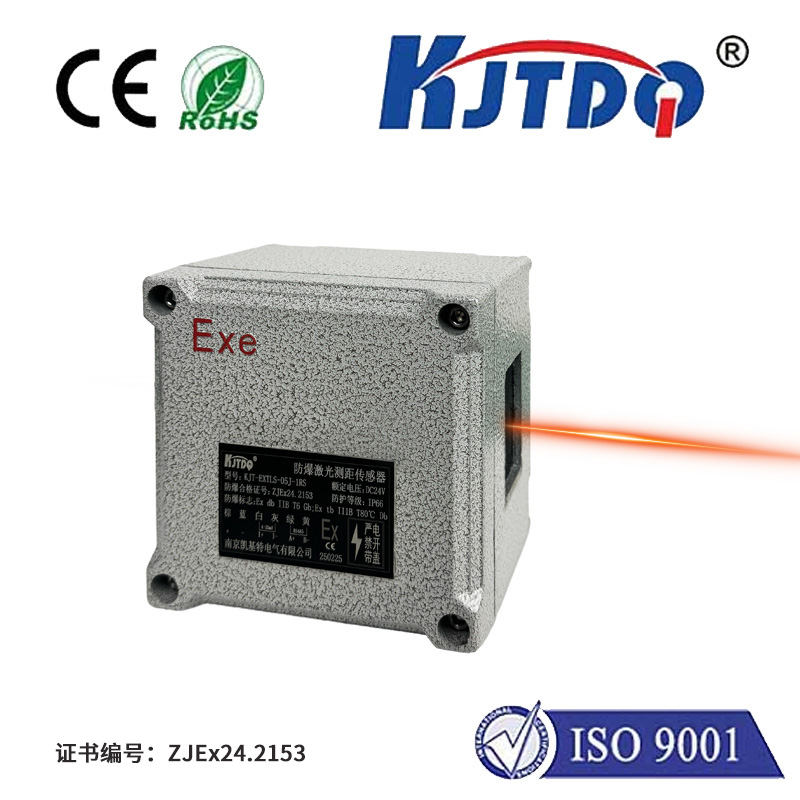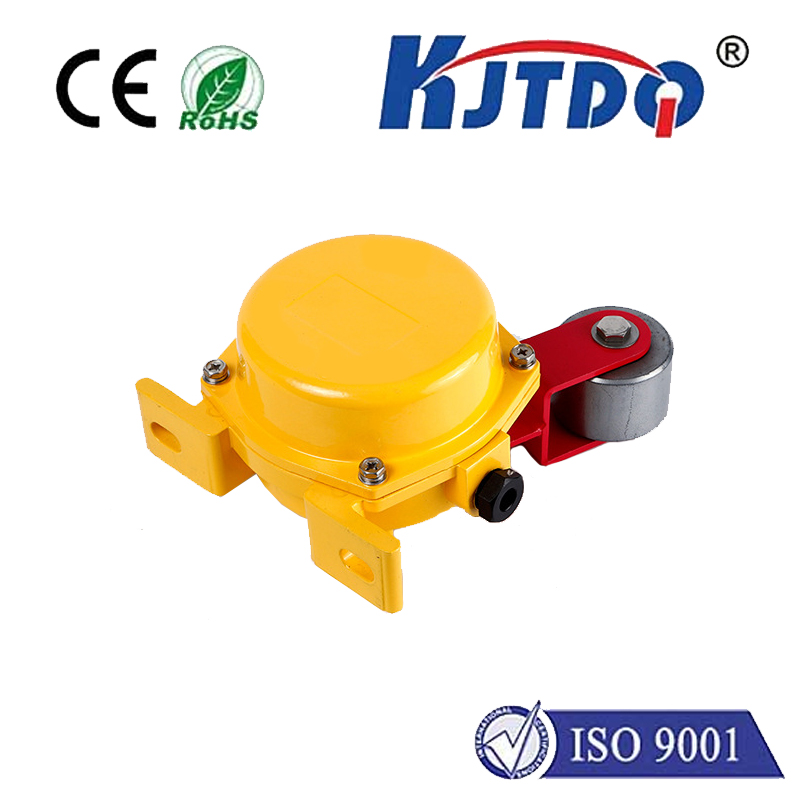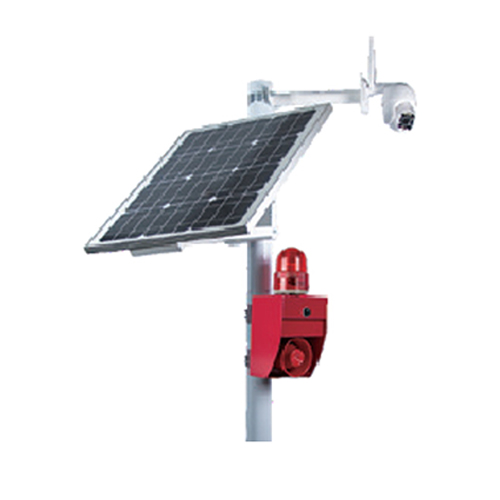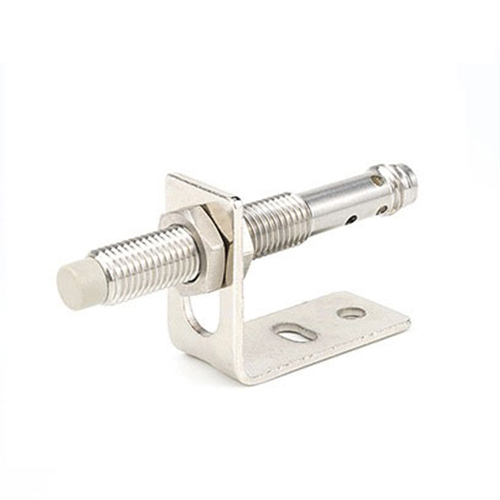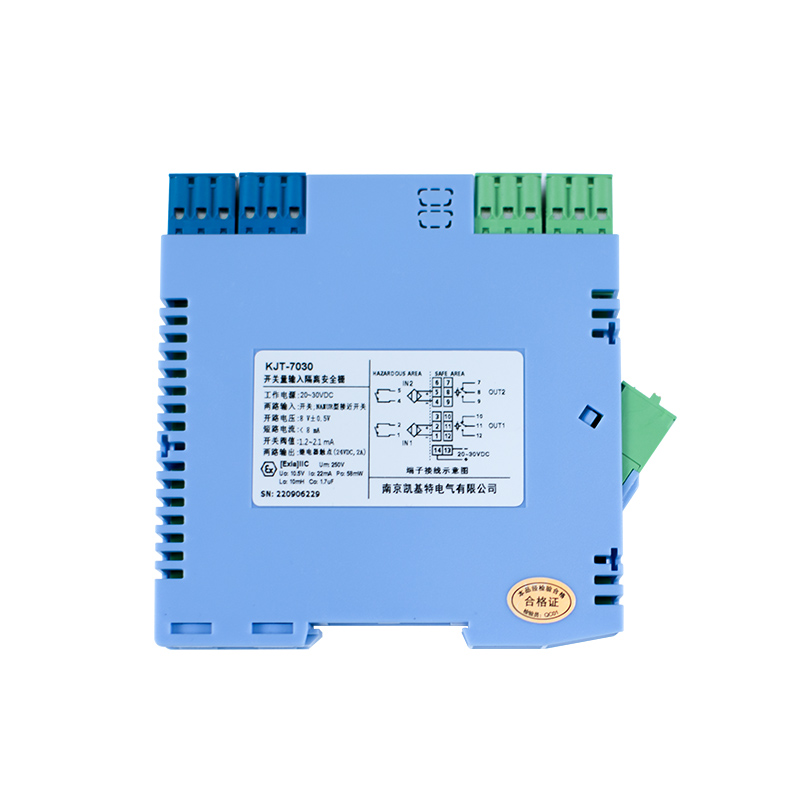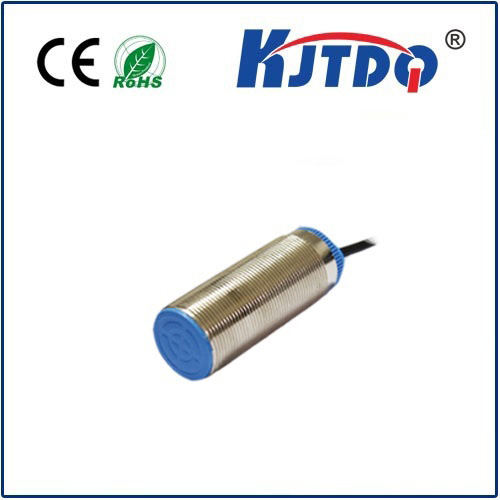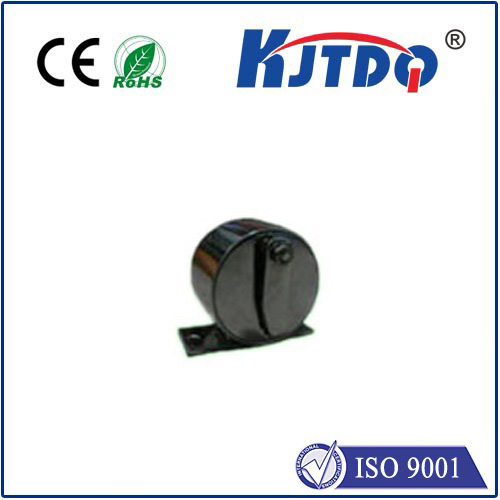cylindrical proximity sensor
- time:2025-06-15 00:06:08
- Click:0
Unlock Precision Detection: The Complete Guide to Cylindrical Proximity Sensors
Imagine a world where machines seamlessly sense their environment without clumsy physical contact. Where automated assembly lines hum with precision, packaging machines never jam, and robotic arms move with unwavering accuracy. This isn’t science fiction; it’s the reality enabled by unsung heroes of industrial automation: cylindrical proximity sensors. These ubiquitous yet vital components form the bedrock of countless detection tasks, offering unparalleled reliability in demanding environments.
Understanding the Core: What is a Cylindrical Proximity Sensor?
At its essence, a cylindrical proximity sensor is an electro-mechanical device designed to detect the presence or absence of a metallic object without physical contact. True to its name, its housing features a distinctive robust cylindrical form factor. This simple shape belies sophisticated technology typically based on the principle of inductive sensing.
Here’s how it works: An internal oscillator generates a high-frequency electromagnetic field radiating from the sensor’s active face. When a metallic target (like steel, aluminum, copper, brass – though effectiveness varies by material) enters this detection field, it disrupts the field. This disruption induces tiny electrical currents called eddy currents within the target metal. These eddy currents absorb energy from the oscillator, causing its amplitude to drop. The sensor’s built-in electronics monitor this change and trigger a solid-state output signal – essentially flipping an electronic switch – to indicate the target’s presence. The target doesn’t need to be touching the sensor; detection occurs within a defined sensing distance.

Why Cylindrical? The Form Factor Advantage
The cylindrical design isn’t arbitrary; it delivers significant practical benefits:
- Omni-directional Detection: The sensing field typically emanates uniformly from the front face, simplifying positioning relative to the target.
- Ruggedness and Robustness: The thick-walled metal or high-grade plastic housing provides excellent resistance to mechanical impact, vibration, and environmental contaminants like dust, coolants, and chips common in industrial settings. This makes them ideal for harsh factory environments.
- Easy Mounting: The cylindrical shape allows for simple installation via threaded barrels (common sizes include M8, M12, M18, M30) directly into machined holes or mounting brackets. Integrated nuts often facilitate secure fastening. Flush-mountable and non-flush-mountable variants offer flexibility based on surrounding metal.
- Space Efficiency: Their compact design allows installation in tight spaces where other sensor types might struggle.
- Cost-Effectiveness: Due to their widespread use and standardized manufacturing, inductive cylindrical sensors offer a highly reliable solution at a competitive price point.
Where Cylindrical Proximity Sensors Thrive: Key Applications
The inherent reliability, contactless operation, and robustness of cylindrical proximity sensors make them indispensable across diverse sectors:
- Factory Automation: Counting parts on conveyors, verifying component presence in fixtures, detecting machine slide/cylinder position (end-of-stroke sensing), monitoring tool changes on CNC machines, confirming gear positions.
- Packaging Machinery: Detecting foil seals, verifying cap presence on bottles, controlling filling levels (via moving parts), detecting jams.
- Automotive Manufacturing: Countless applications on assembly lines – sensing robotic arm positions, verifying part insertion, confirming weld nut presence, detecting pallet positions.
- Material Handling: Monitoring conveyor belt packages, detecting bin levels (when metal is involved), controlling sorting gates.
- Machining Centers: Tool breakage detection (indirectly via position), workholding clamp verification, pallet changer position.
- Food & Beverage: Stainless steel variants (food-grade proximity sensors) detect metal lids, cans, fill levels on stainless steel machinery.
- Robotics: Providing precise position feedback for grippers and arms in automated cells.
Choosing the Right Cylindrical Proximity Sensor: Critical Considerations
Selecting the optimal sensor involves evaluating several key parameters:
- Sensing Distance (Sn): Defined as the nominal operating distance. Crucial for mechanical design – ensure the target reliably enters this range during operation. Remember, factors like target material, size, and temperature can slightly influence actual range.
- Target Material: Inductive sensors primarily detect ferrous metals (like iron, steel) with the longest range. Detection is possible on non-ferrous metals (aluminum, copper, brass), but the effective sensing distance is significantly reduced. Non-metallic targets cannot be detected by standard inductive sensors.
- Housing Material: Choose between stainless steel for extreme corrosion resistance (food, chemical, marine) or nickel-plated brass / PBT plastic for general industrial use.
- Output Type: NPN (Sinking) or PNP (Sourcing) transistor outputs are standard. Choose based on your controller’s input requirements (e.g., PLC input card). Traditional 3-wire DC models dominate, but 2-wire AC/DC and DC models exist.
- Electrical Rating: Voltage (commonly 10-30V DC) and current capacity must match the load (e.g., PLC input, relay coil).
- Environmental Protection (IP Rating): IP67 rating (dust-tight and protected against temporary immersion) is extremely common and suitable for most industrial environments. IP68/IP69K ratings are available for demanding washdown or permanent submersion applications.
- Operating Temperature: Ensure the sensor’s rated range (-20°C to +70°C typical, higher available) suits the application environment.
- Connection Style: Pre-wired cables (varying lengths) or quick-disconnect connectors (like M8/M12 3-pin or 4-pin).
Installation Best Practices: Ensuring Reliable Performance
Proper installation is paramount for maximizing sensor reliability and longevity:
- Mount Securely: Ensure the sensor is tightly threaded into its mounting point to withstand vibration. Avoid overtightening plastic-bodied sensors.
- Mind the Surroundings: Maintain adequate clearance (typically 1-2x sensor diameter) between the sensor body and surrounding metal structures to prevent interference (shielding effect) reducing the effective sensing range. Mounting brackets should ideally be non-metallic.
- Consider Target Factors: Ensure the target is large enough and made of a detectable metal. The target should approach the sensing face perpendicularly for maximum range. Account for potential variations in target position during operation.
- Protect Wiring: Use proper cable glands and strain relief to prevent damage to connections. Route cables away from high-voltage power lines and motors to minimize electrical noise interference. Secure cables to prevent snagging or wear.
- Check Polarity: Verify correct wiring according to the datasheet (Brown = +V, Blue = 0V, Black = Signal for 3-wire DC) to avoid damaging the sensor. Correct polarity is critical.
- Avoid Mutual Interference: Maintain sufficient distance (as per manufacturer specs) between multiple cylindrical sensors mounted side-by-side to prevent












